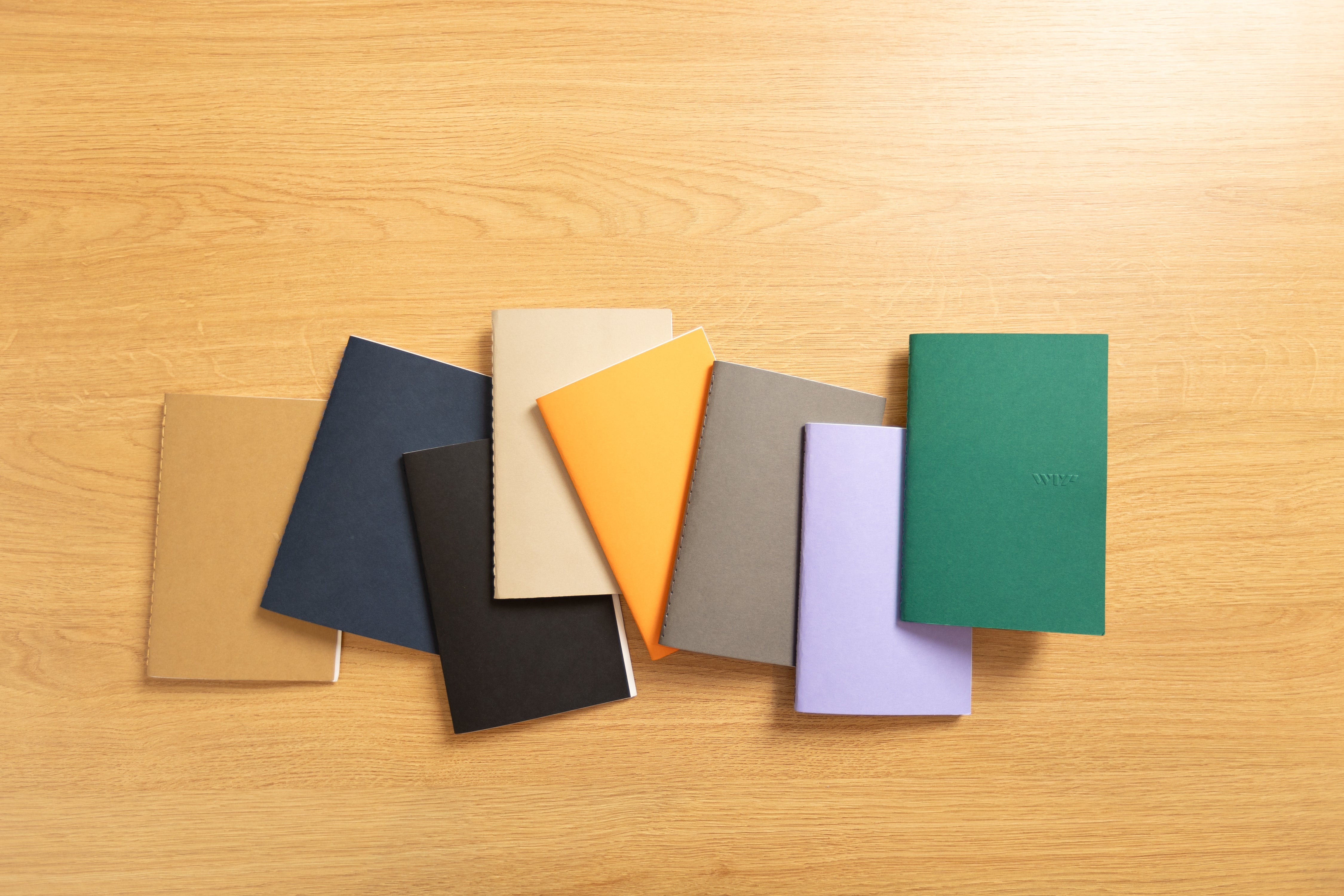In a world overflowing with information, healthy note-taking can transform how we absorb, retain, and apply knowledge. Whether you're a student, professional, or digital nomad, taking notes efficiently not only boosts productivity but enhances focus and creativity. To get the most out of your notes, it’s essential to find the right techniques—and the perfect notebook for the job.
1. Capture Ideas with Pocket Notebooks
Pocket notebooks are ideal for quick ideas and moments of inspiration. Their compact size makes them easy to carry anywhere, allowing you to jot down thoughts, to-do lists, or sketches in the moment. The key to healthy note-taking with pocket notebooks is simplicity. Keep each entry concise—just enough to capture the essence of your thought. Later, you can expand on these ideas in more detail.
Best practice: Stick to bullet points, keywords, or short phrases. This style lets you capture ideas quickly and is easy to scan when you revisit your notes.
2. Deep Dive with Journals
Journals are perfect for deeper reflection and long-form notes. Whether you're tracking progress, documenting research, or working through complex ideas, journals provide the space to develop thoughts and organize them cohesively. They’re particularly effective for personal growth and creative brainstorming.
Best practice: Dedicate specific sections for different topics or categories. Use headings and numbered lists to structure your notes, making them easier to navigate later.
3. Saddle-Stitched Notebooks for Projects
For ongoing projects or subject-specific notes, saddle-stitched notebooks are a great fit. They’re slim and organized, making it easy to focus on a particular topic without the distraction of unrelated pages. Use these notebooks to track project milestones, important meetings, or specific goals.
Best practice: Use color coding or symbols to differentiate between stages of a project. This makes it easy to track progress and keeps your notes visually organized.
4. Pocket-Friendly Note-Taking: Efficient On-the-Go
When you’re constantly on the move, efficiency is key. Pocket-sized notebooks allow you to streamline your note-taking into bite-sized pieces. Carry it in your back pocket or bag, and you’ll always have a quick and accessible space to capture ideas before they slip away.
Best practice: Pair your pocket notebook with a larger journal. Use the pocket version to quickly capture ideas, then transfer and expand on them in your journal when you have more time.
5. The Digital Hybrid Approach
For those who blend digital tools with paper, consider a hybrid approach. Some pocket notebooks now integrate with apps, allowing you to digitize your notes with a quick scan. This is perfect for staying organized while still enjoying the tactile satisfaction of writing by hand.
Best practice: Use a combination of paper and digital tools to create backups, track changes, and revisit notes from any device.
Conclusion: The Right Notebook for Every Thought
The key to healthy note-taking is flexibility and finding the right tool for the task. Whether it's a quick idea in your pocket notebook or deep journaling in your leather-bound book, understanding how to use each style efficiently will keep your ideas flowing and your mind organized.



Leave a comment
This site is protected by hCaptcha and the hCaptcha Privacy Policy and Terms of Service apply.